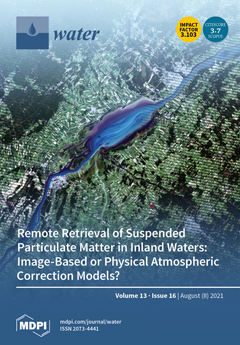Open AccessFeature PaperArticle
Ice Melt-Induced Variations of Structural and Functional Traits of the Aquatic Microbial Community along an Arctic River (Pasvik River, Norway)
by
Maria Papale, Carmen Rizzo, Gabriella Caruso, Stefano Amalfitano, Giovanna Maimone, Stefano Miserocchi, Rosabruna La Ferla, Paul Eric Aspholm, Franco Decembrini, Filippo Azzaro, Antonella Conte, Marco Graziano, Alessandro Ciro Rappazzo, Angelina Lo Giudice and Maurizio Azzaro
Cited by 1 | Viewed by 2259
Abstract
The effects of climate change-induced ice melting on the microbial communities in different glacial-fed aquatic systems have been reported, but seasonal dynamics remain poorly investigated. In this study, the structural and functional traits of the aquatic microbial community were assessed along with the
[...] Read more.
The effects of climate change-induced ice melting on the microbial communities in different glacial-fed aquatic systems have been reported, but seasonal dynamics remain poorly investigated. In this study, the structural and functional traits of the aquatic microbial community were assessed along with the hydrological and biogeochemical variation patterns of the Arctic Pasvik River under riverine and brackish conditions at the beginning (May = Ice-melt (−)) and during the ice-melting season (July = Ice-melt (+)). The microbial abundance and morphometric analysis showed a spatial diversification between the riverine and brackish stations. Results highlighted different levels of microbial respiration and activities with different carbon and phosphorous utilization pathways, thus suggesting an active biogeochemical cycling along the river especially at the beginning of the ice-melting period. At Ice-melt (−), Gammaproteobacteria and Alphaproteobacteria were dominant in riverine and brackish stations, respectively. Conversely, at Ice-melt (+), the microbial community composition was more homogeneously distributed along the river (Gammaproteobacteria > Alphaproteobacteria > Bacteroidetes). Our findings provide evidence on how riverine microbial communities adapt and respond to seasonal ice melting in glacial-fed aquatic ecosystems.
Full article
►▼
Show Figures





